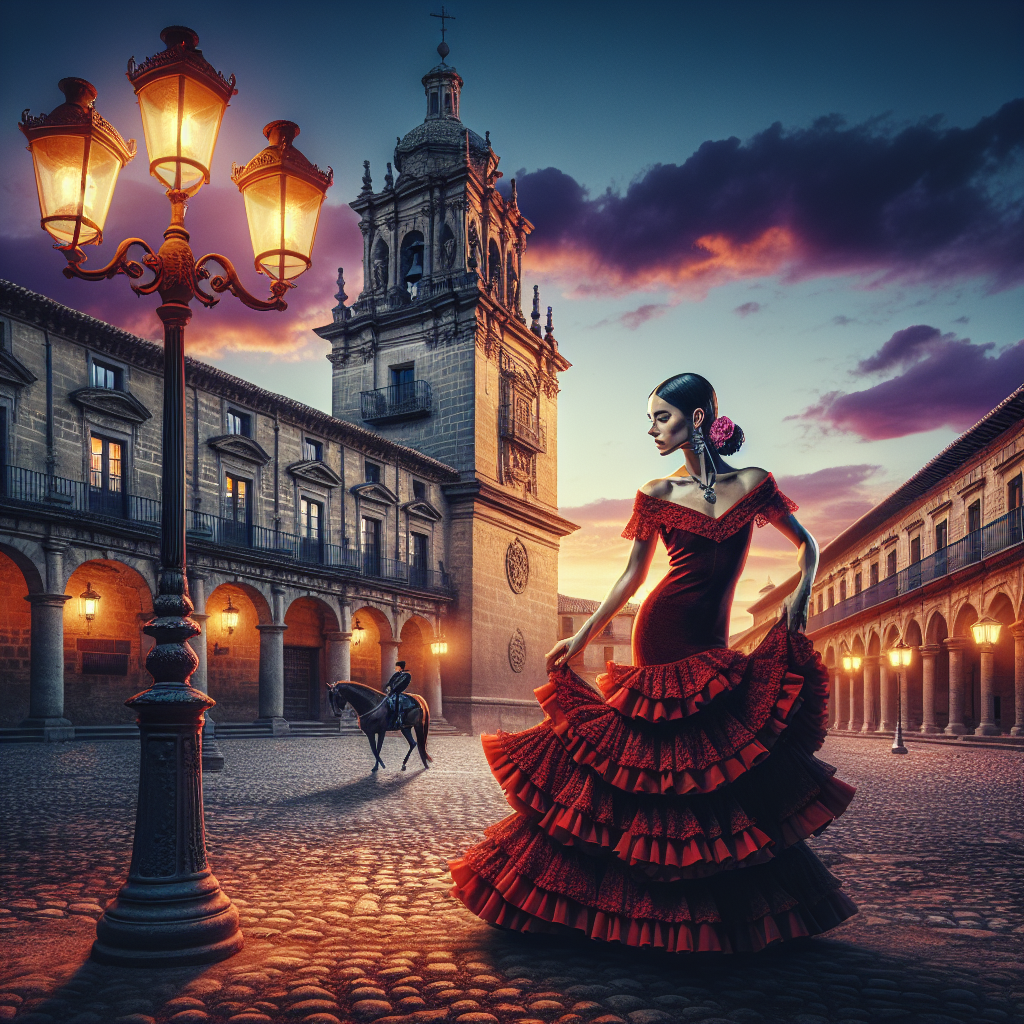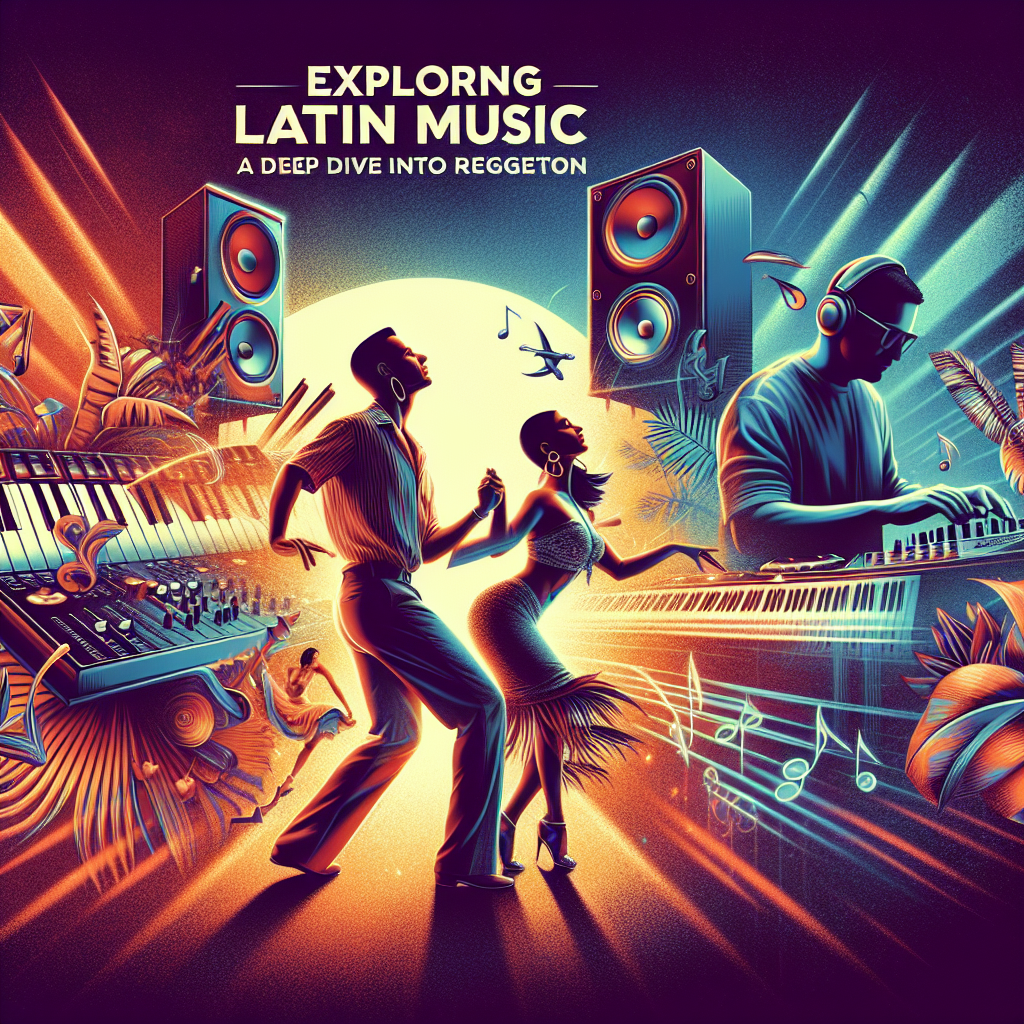Latin music is filled with a variety of rhythms, melodies, and instruments that build up a unique sound. However, when it comes to an iconic, sultry rhythm deeply entrenched in Latin culture, nothing is more synonymous than Tango. This discussion will entail an in-depth analysis of the infinite rhythms of Latin Tango music.
The Genesis of Tango Music
The Tango dance and music started in the late 19th century in the Argentinean capital, Buenos Aires, reaching its peak in the 1920s and 1930s. Its lyrical themes often depict tales of love, betrayal, and sadness, which are brought to life by the vibrant and complex Tango rhythm.
Integration of Music Instruments
Originally, Tango music included only a few instruments, like the Bandoneon, a type of accordion, the Piano, and the Violin. As time went by, the list extended with the integration of the double bass and sometimes the flute or the guitar. The Bandoneon, however, has remained the heart and soul of Tango music; its dramatic and intense sound creates an unforgettable rhythm.
The Complexity of Tango Rhythm
The Tango rhythm is distinctive yet complicated, with its conventional 2/4 or 4/4 rhythm signatures. In each bar, there are two beats, with the second beat being fractioned into various rhythms. This blend creates an intricate, catchy pulse – ideal for the expressive Tango dance. The performers of Tango music regularly use a technique of ‘syncopation’, creating an off-beat rhythm that adds to its distinctive feel.
Influence of Tango Music
The popularity and influence of Tango quickly made its mark globally, resonating with audiences well beyond Latin America. Today, Tango rhythms can be found in a diverse range of musical genres, from pop and jazz to classical music. It continues to evolve while holding onto its original charm.
Conclusion
The tango is a powerful reminder of the rich and vibrant Latin culture. The rhythms, passion, and expressions in Tango music continue to inspire charm audiences around the world. As we delve deeper into its history, instrumentation, and rhythm complexity, our appreciation for Latin Tango intensifies. It is not just a music genre; Tango is an expressive form of art that confidently speaks the language of passion and emotion.
Frequently Asked Questions
-
Where did Tango music originate from?
Tango music originated in Buenos Aires, Argentina, in the late 19th century.
-
What are the typical instruments used in Tango music?
Traditional Tango music often features the Bandoneon, violin, piano, double bass, and sometimes the flute or guitar.
-
What makes Tango rhythm unique?
The distinctive yet complex rhythm of Tango music, typically in 2/4 or 4/4 time signatures, often integrates syncopation, creating an intricate, catchy pulse ideal for the dance.
-
Has Tango music influenced other genres?
Yes, Tango rhythms can be found in various musical genres, including pop, jazz, and classical music.
-
Is Tango music popular outside Latin America?
Tango’s popularity extends well beyond Latin America and is admired by audiences globally.




